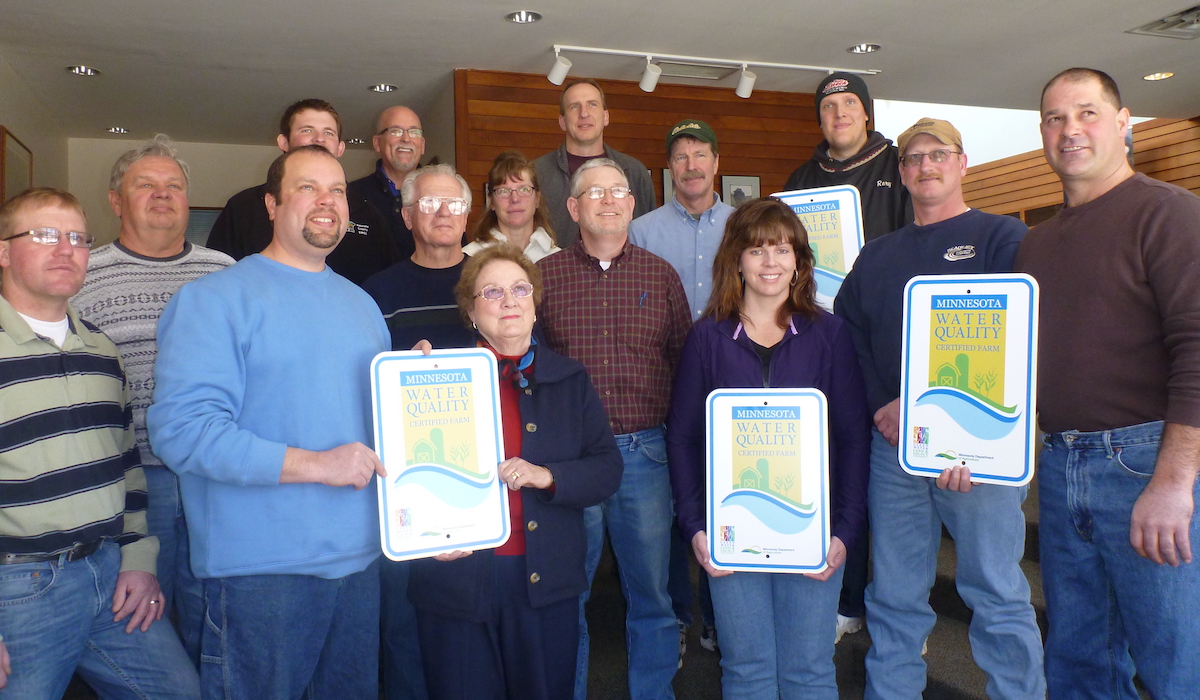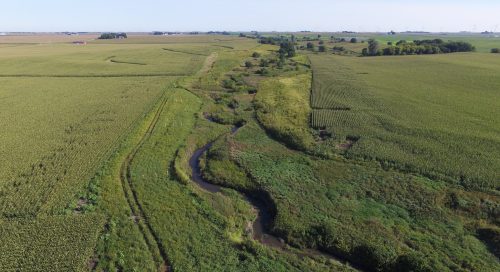What does leadership look like to you? We can usually spot good leadership in others, but how often do we ask ourselves what our own leadership looks like?
Leadership by farmers in nutrient reduction efforts is a quickly growing trend in watershed management – and it is essential for success. One thing we’re hearing from farmers and watershed professionals already on the frontlines is a need to recruit more farmer leaders to help combat leadership fatigue, and perhaps key to that recruitment is helping farmers find a form of leadership that suits them.
A recent report by a team of Extension educators in the Midwest identified three forms of farmer leadership in watershed management to guide programming and training. Here I synthesize their “typology” along a fourth way that arguably lies at the foundation of any leader, no matter their type or title.
Peer-to-Peer Leadership
It is probably a surprise to no one that our behavior is most often influenced by our peers – we need only to think back to high school to recall the power of peer pressure. Studies across social disciplines show our peers are among our most trusted sources of information, and farmers are no exception.
It has become almost common knowledge that farmers often look to other farmers for information and guidance about their farming practices and decisions. Their social networks can act as “webs of influence,” as described by Lois Wright Morton and colleagues (2011), that sway them toward conservation practices.
What is more, Morton also found evidence that these peer networks play a greater role in a farmer’s decision to sustain conservation practices than regulations or economic incentives.
Such research reveals the science behind field days and farmer-led watershed groups. These are relatively low-hanging-fruit ways farmers can practice leadership in watershed efforts and be a good influence on their peers.
Consultation
Farmers’ input is critical in watershed planning and management – after all, they are ultimately the ones implementing the best management practices on their land.
By participating on advisory boards or committees, such as a Conservation District Board, farmers can lead as consultants, providing their expertise and perspectives on practices to prioritize, milestones to achieve, and how farmers might feel about a certain proposed measure.
While this consultant role may not translate into ultimate decision-making power, it does mean farmers can ensure their views and realities are reflected in strategies to reduce nutrient and sediment loads.
Decision-Making
The highest level of farmer leadership – in other words, that with the most responsibility and authority – is playing the role of a decision maker. Of course, farmers are decision-makers every day on their own operations, and there is also the opportunity for them to be decision-makers for their communities at the watershed scale.
Decision-making entails taking on the authority to decide watershed project goals, strategies, and tactics and to direct resources, such as incentive payments or technical services.
Linda Prokopy and Kristin Floress explained in a 2011 paper what these opportunities typically look like. They can be self-governed farmer-led watershed councils, such as this one in the Red Cedar and St. Croix basins in Wisconsin or Iowa’s Hewitt Creek Watershed Group, or decision-making bodies co-managed with government agencies, such as steering team for a watershed project led by a soil and water conservation district. If you are a farmer and are unsure if these opportunities exist in your area, get in touch with your local Extension specialist or educator.
Lead by Example
Underlying all of these leadership roles is the most basic principle of them all: leading by example. We all have the capacity to lead by example, and we don’t need to be in a formal leadership position to do so – our everyday decisions, actions, and interactions matter.
Particularly since farmers’ everyday choices are so visible on the landscape, their own operations can be the manifestation of their leadership. Leadership can look as simple as a field planted with cover crops and, as a result, clear water running through its gullies during a rainstorm.
There are many opportunities to lead by example. Thinking about the influence you want to make, modeling practices and behaviors you think are important for being a good partner or land steward, and helping your neighbors and peers try new practices are a few that come to mind for me.
Whether you are a farmer or watershed professional, what are ways you try to lead by example in watershed protection efforts?
Header photo courtesy New Ground Communications/Fishers and Farmers Partnership



